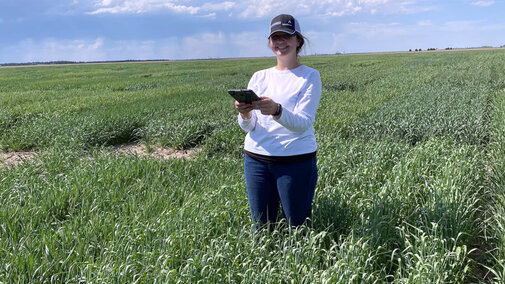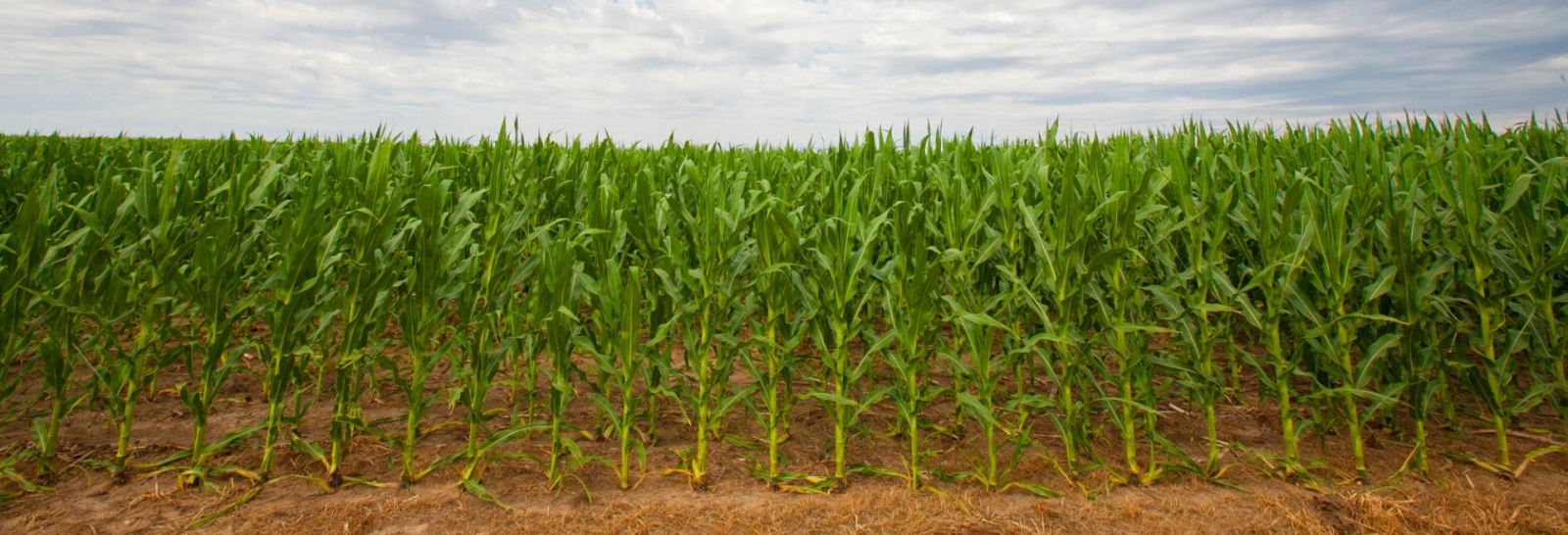Introduction
Estimating wheat yield during the growing season is crucial for farmers to make informed decisions on inputs, harvest expectations and marketing strategies. A NebGuide updated last in 2007 highlights some traditional methods, but recent research led by former graduate student Maria Sciencia-Wakefield, along with Drs. Amanda Easterly and Cody Creech, suggests that new technology-driven methods like the Normalized Difference Vegetation Index (NDVI) and Fractional Green Canopy Cover (FGCC) provide more accurate and efficient alternatives for yield estimation.
Traditional vs. Modern Methods
Historically, farmers have relied on direct physical measurements, such as counting wheat stands and spikes to evaluate early- or mid-season crop productivity. While spike count showed some correlation with yield (0.54) in this dataset, stand count did not prove to be a reliable predictor. These traditional approaches are labor-intensive and less adaptable to modern high-yielding wheat varieties. Newer methods utilize image-based and spectral reflectance techniques to estimate yield more accurately.
NDVI, which measures plant health through light reflectance, and FGCC, which analyzes the green canopy cover, have shown strong correlations with final wheat yield. FGCC was found to be the most reliable predictor at multiple growth stages in this recent research, which is published in the Agronomy Journal.
Methods and Details
An experiment conducted across six locations in Nebraska over three years tested multiple yield estimation methods. The locations included Banner, Box Butte, Cheyenne, and Intensively Managed at Cheyenne, Deuel and Kimball counties. These sites represented a range of soil types, tillage practices and environmental conditions common to winter wheat farming in the region.
Seven winter wheat varieties were evaluated in the experiment: Goodstreak, Pronghorn, Robidoux, Ruth, Scout 66, Settler CL, and Wesley. These varieties were chosen to encompass a range of genetic traits, including high-yield potential, drought tolerance and adaptability to different management practices and were included in all sites and years of the trials.
Tiller and spike counts were conducted at Feekes 4 (Table 1) and Feekes 11.3 stages, respectively. FGCC and NDVI were collected at several more timings to identify which stages may be most useful for yield estimation. No FGCC or NDVI data was collected at the same time as grain fill because the crop was no longer in active photosynthesis.
Feekes Scale | Description | Data Collected |
2 | Fall growth, early tillering | FGCC |
4 | Tillering | Stand count, FGCC |
5 | Stem elongation | FGCC, NDVI |
7 | Booting | FGCC, NDVI |
10 | Heading | FGCC, NDVI |
11.3 | Late grain fill | Tiller count |
Key Findings from Research
The results showed that:
- NDVI at Feekes 10 (near heading stage) had a correlation of 0.39 with final yield.
- FGCC at Feekes 2, 4 and 10 had correlations of 0.56, 0.50 and 0.68, respectively, making it a more reliable method with added flexibility of multiple timings.
- Traditional stand counts showed no significant correlation with yield, while spike count was somewhat useful but still inconsistent in modern varieties.
- FGCC data can be collected easily using a free mobile app called ‘Canopeo,’ allowing farmers to measure canopy cover with a smartphone. This app was developed by researchers at Oklahoma State University.
- NDVI requires specialized equipment like the GreenSeeker (Trimble) handheld sensor, which can also be mounted on field equipment for larger-scale data collection.
Practical Applications for Farmers
The adoption of FGCC and NDVI methods can help farmers in several ways:
- Better Resource Allocation: Knowing estimated yield early in the season allows for better planning of fertilizer and water usage.
- Improved Market Decisions: Accurate yield predictions help in marketing strategies and planning.
- Reduced Labor Effort: These modern methods require less manual labor compared to traditional counting techniques outlined in the original NebGuide.
Conclusions and Future Work
For wheat farmers, NDVI and FGCC data correlates with final yield and can allow for some better resource management. FGCC, in particular, has shown great promise due to its ease of use and strong correlation with final yield. Implementing these advanced techniques can enhance decision-making, improve productivity and contribute to more sustainable wheat farming practices.
Ongoing research and analysis is expanding this work to develop growth stage-specific formulas and update the NebGuide using the full datasets of the crop testing variety trials during this time period.

